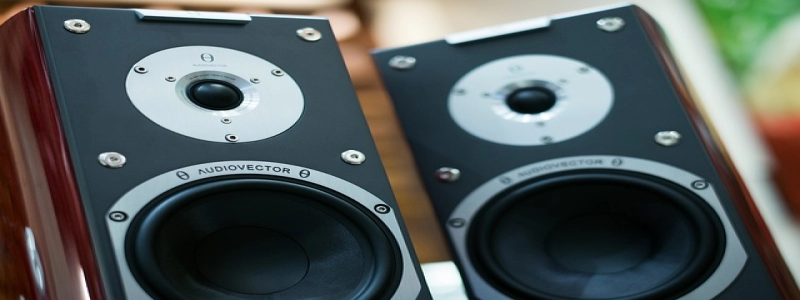Fiber Optic Patch Cables Single Mode
Εισαγωγή:
In today’s advanced technological world, the need for efficient data transmission is on the rise. One of the most effective solutions for high-speed data transfer is through fiber optic cables. Among the various types of fiber optic cables available, single mode cables stand out for their superior performance. This article will delve into the details of fiber optic patch cables single mode, explaining what they are, their advantages, and applications.
Εγώ. What are Single Mode Cables?
Single mode cables, as the name suggests, are designed to carry a single ray of light or mode. They have a smaller core diameter than multimode cables, typically around 9 microns. Due to this smaller core size, only one mode of light can propagate through the cable, resulting in increased transmission distances and bandwidth capabilities.
II. Advantages of Single Mode Cables:
a) Long Distance Transmission: Single mode cables offer significantly longer transmission distances compared to multimode cables. This is because the single mode allows for reduced light dispersion, resulting in less signal degradation over long distances. This makes them ideal for applications requiring the transmission of data over extended distances.
b) High Bandwidth: With a smaller core size, single mode cables provide higher bandwidth capabilities. This allows for the transfer of large amounts of data at incredibly fast speeds, meeting the demands of modern data-intensive applications.
c) Immunity to Electromagnetic Interference: Single mode cables are immune to electromagnetic interference, making them highly reliable for data transmission in environments with high electrical noise.
d) Future-Proof Solution: Single mode cables are considered a future-proof solution, as they can support higher transmission speeds that may be required in the future.
III. Applications of Single Mode Cables:
a) Telecommunications: Single mode cables are extensively used in telecommunications networks to transmit voice, data, and video signals over long distances. They are commonly deployed in telecommunication backbones, interconnecting various network switches, δρομολογητές, and equipment.
b) Data Centers: Data centers require high-speed and high-bandwidth connectivity for efficient data storage and processing. Single mode cables are used to connect servers, switches, and storage devices within the data center network.
c) Oil and Gas Industry: The oil and gas industry often operates in remote locations with harsh environmental conditions. Single mode cables are utilized for reliable and efficient communication between offshore drilling platforms, onshore data centers, and exploration sites.
d) CCTV and Surveillance Systems: Single mode cables are used in CCTV and surveillance systems to transmit high-quality video feeds over long distances without signal degradation.
e) Research and Development: Single mode cables play a crucial role in research and development laboratories where high-speed data transfer is necessary for experiments, data analysis, and collaboration.
συμπέρασμα:
Fiber optic patch cables single mode offer several advantages over multimode cables, such as longer transmission distances, higher bandwidth capabilities, and immunity to electromagnetic interference. They find extensive applications in telecommunications, data centers, oil and gas industry, CCTV systems, and research laboratories. With the ever-increasing demand for faster and reliable data transmission, single mode cables continue to be a critical component in various industries.







